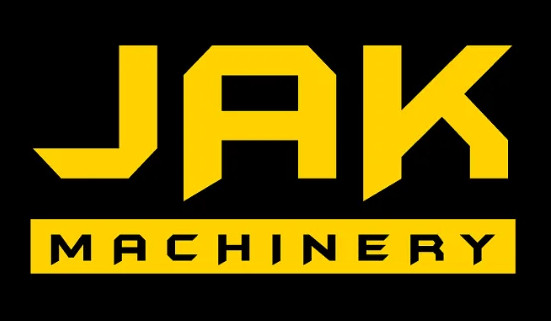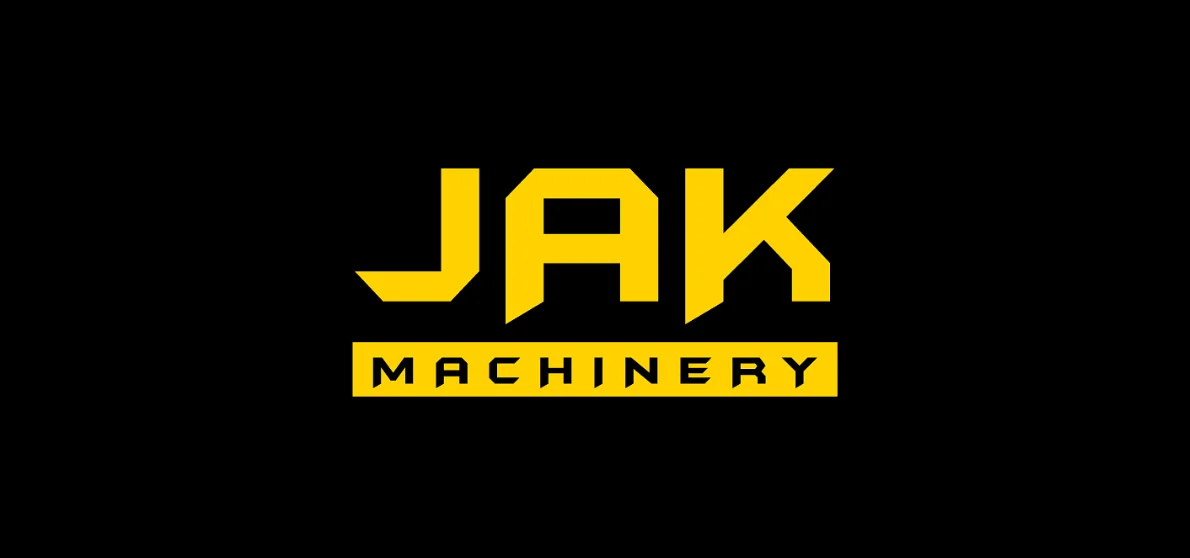We have made Small Computer table from Prelaminated MDF. We would like to share video with you.
You will need
1. DXF File
2. Pre Laminated Sheet - 18 mm
3. CNC Router
4. Endmill 6 mm
Please don’t go on decision without any fact, choose ballscrew or rack and pinion. We would like to know most difference between these two methods of motion transmission.
| Perticular | Rack and Pinion | Ball screw |
| Accuracy | Low, but high if helical | High |
| Rigidity | High | low |
| Ease of service | Easy | Difficult |
| Motion Speed | High | low |
| resilient to dust | less effect of dust | damages the srew or balls |
| Backshlash | depends on plenetory gearbox | occure as usage |
| Price | Low | High |
| maintanance | no | need lubrication |
| Performance on time | durable | ball size diminish or deform |
| performance on length | no effect on length | vibration and screw sweep |
| Load Carring Capacity | Low | High |
If you have any query or doubt regarding choosing the correct type of motion transmission , feel free to write us back.
Bengaluru International Exhibition Center, Bengaluru
We have a live machine demonstration of the “ATC CNC Wood Lath” and the “CNC Tenon and Mortise machine” at the exhibition. We’ve had an amazing response. Here are a few pictures featuring both new and returning clientele.


Next Exhibition :
Mumbaiwood 2024, Mumbai, India
Indiawood 2025, Noida, India
Desktop Organizer very helpful to organize things on table at office, makeup accessories, stationeries, medical tablets, workshop accessories etc.
we have made several model , but we sharing you the one we like the most. We are using the design since many years.
Things we need :
1. CNC Router
Any simple CNC Router can use to make this product.
2. pre laminated MDF Sheet (4×4 feet area , 7.5mm thickness)
you can contact nearest dealer who selling MDF Sheet
3. Vector Cut file
Here is direct download link :
https://makerbhawan.com/product/make-up-box-dxf-plan-download/
4. 3 MM Endmill
Here is the video how is the complete process . Enjoy the video!
Making a wooden elephant with a CNC (Computer Numerical Control) machine can be a rewarding project. Here’s a general outline of the steps you might follow:
Design:
- Choose a Design: Decide on the design you want for your wooden elephant. You can create your own design or find one online.
- Create a Digital Model: Use CAD (Computer-Aided Design) software to create a digital model of your elephant. Make sure the model is compatible with your CNC machine.
- Prepare Files: Convert your digital model into a format that your CNC machine can understand, such as .STL, .STEP. Here is Direct Download link : https://makerbhawan.com/product/baby-elephant-stl-model/
Material Selection:
- Select Wood: Choose a suitable wood for your project. Hardwoods like oak, maple, or walnut are popular choices for carving.
- Prepare Wood: Cut your wood block to the appropriate size for your project. Make sure it’s securely fastened to the CNC machine’s worktable.
CNC Machining:
- Set Up CNC Machine: Install the appropriate cutting tool (such as a router bit or carving bit) in your CNC machine. Make sure all settings are configured correctly.
- Load Files: Load your design files into the CNC machine’s software and specify the cutting paths and depths.
- Test Run: Before starting the full production, do a test run to ensure everything is set up correctly and the machine is cutting as expected.
- Start Machining: Once you’re satisfied with the setup, start the machining process. The CNC machine will follow the programmed paths to carve out your wooden elephant.
Finishing:
- Sanding: After machining, sand the wooden elephant to smooth out any rough edges or tool marks.
- Detailing: Use finer tools or hand carving techniques to add finer details if desired.
- Finish: Apply a finish to protect the wood and enhance its appearance. Options include varnish, stain, or oil.
- Assembly (if needed): If your design involves multiple parts, assemble them together according to your design.
Final Touches:
- Inspect: Carefully inspect the finished elephant for any imperfections or areas that may need further attention.
- Adjustments: Make any necessary adjustments to ensure the final product meets your expectations.
- Display or Gift: Once complete, your wooden elephant is ready to be displayed or gifted!
Remember to follow all safety precautions when operating CNC machinery and working with wood. Additionally, don’t hesitate to consult tutorials, guides, or experts if you encounter any difficulties during the process.
Automatic function change customization refers to the ability of machinery to automatically adjust or switch between different functions (Turning /Carving / Shaping / Sanding) based on predefined criteria or input parameters. This feature can be highly beneficial in manufacturing environments where production requirements vary, and different processes or tasks need to be performed sequentially or simultaneously.
Here are some potential aspects of automatic function change customization that JAK Machinery.
- Programmable Logic Controller (PLC) Integration: The machinery equipped with a PLC that allows users to program specific sequences of operations, including automatic function changes. Users can define conditions or triggers for switching between functions, such as time intervals, sensor inputs, or feedback from other machinery or systems.
- User Interface: The machinery feature a user-friendly interface that enables operators or technicians to customize and configure automatic function change settings. This interface could include options for setting parameters, defining sequences, and monitoring system status.
- Adaptive Control Algorithms: Advanced control algorithms employed to optimize the automatic function change process based on dynamic factors such as production demand, energy efficiency goals, or material properties. These algorithms can adjust parameters in real-time to maximize performance and productivity.
- Safety Features: Automatic function change systems should incorporate safety features to prevent accidents or malfunctions during operation. This include interlocks, emergency stop mechanisms, and fail-safe protocols to ensure safe operation at all times.
- Remote Monitoring and Control: Systems offer remote monitoring and control capabilities, allowing users to access and modify function change settings from a central control room or mobile device. This remote access can enhance flexibility and convenience, especially in large-scale manufacturing facilities.
Overall, automatic function change customization can streamline production processes, improve efficiency, and enable greater flexibility in manufacturing operations. It's essential for machinery providers like JAK Machinery to offer robust, user-friendly solutions tailored to the
Automatic lubrication systems are employed in applications to ensure that machinery and equipment receive the appropriate amount of lubricant at the right intervals, without the need for manual intervention. These systems help to minimize friction, reduce wear and tear, and extend the service life of critical components. Here's how an automatic lubrication system generally works:
- Lubricant Reservoir: The system includes a central reservoir or container that holds the lubricating fluid, such as oil or grease. The reservoir is typically located in a convenient and accessible location near the equipment being lubricated.
- Distribution Lines: From the reservoir, distribution lines or tubing carry the lubricant to the lubrication points on the machinery. These lines are routed strategically to reach bearings, gears, chains, slides, or other components requiring lubrication.
- Injectors or Dispensers: At each lubrication point, injectors or dispensers deliver precise amounts of lubricant to the moving parts. These devices may be activated mechanically, pneumatically, or electronically, depending on the specific design of the lubrication system.
- Timing and Control Mechanism: Automatic lubrication systems are equipped with a timing and control mechanism to regulate the frequency and duration of lubricant delivery. This mechanism may be programmable to adjust lubrication intervals based on factors such as operating conditions, temperature, or equipment usage.
By automating the lubrication process, automatic lubrication systems offer several advantages, including improved equipment reliability, reduced maintenance costs, increased productivity, and enhanced workplace safety. They are commonly used in industries such as manufacturing, mining, construction, agriculture, and transportation to ensure smooth and efficient operation of machinery and equipment.
Machining, woodworking, or other industrial processes. These systems typically consist of several components working together to capture, transport, and contain airborne particles. Here's how an automatic dust collection system generally operates:
- Dust Collection Points: Dust and debris are generated at various points within the machining or woodworking area, such as around cutting tools, sanding machines, or material handling equipment.
- Hoods or Enclosures: Hoods or enclosures are placed strategically around these dust-generating points to capture airborne particles at the source. These hoods are designed to contain the dust and direct it towards the collection system.
- Ductwork: A network of ducts connects the collection hoods to the central dust collection unit. The ductwork is typically made of metal or PVC and is sized appropriately to ensure efficient airflow and dust transport.
- Central Dust Collector: The central dust collector is the heart of the system. It houses a powerful fan or blower that creates suction to draw dust-laden air through the ductwork and into the collection unit.
- Filtration System: As the dust-laden air enters the central collector, it passes through a series of filters designed to capture and remove the airborne particles. These filters may include primary filters (such as cyclones or pleated filters) to remove larger particles and secondary filters (such as cartridge filters or bag filters) to capture finer particles.
- Monitoring and Maintenance: Regular monitoring and maintenance are essential to ensure the continued effectiveness and safety of the dust collection system. This may include inspecting and cleaning filters, checking for leaks or obstructions in the ductwork, and servicing the fan or blower motor as needed.
Automatic dust collection systems help maintain a clean and healthy work environment by effectively capturing and removing airborne particles, reducing the risk of respiratory issues, fire hazards, and equipment damage associated with dust buildup.
Auto Feeding
Functions:
- Automatic loading and unloading of wooden blocks
- Set the target quantity in the system; the machine will stop if the target is achieved.
- User-friendly one-time setting based on the size of the wood. This process takes approximately 3–5 minutes.
Timings
- Loading time: 10–15 seconds
- Unloading time: 5–10 seconds
Benifits
- Continuous production without any human intervention.
- No need to mark Center on each end.
Limitation
- Wood width range:
- Option 1: 1 to 3 inches
- Option 2: 2 to 4 inches
- Wood Length Range: 6 to 36 inches
Prerequisit
- Wood needs straightening; beding more than 2 mm is not allowed.
- Wood size can be very +/- 2 mm.
- Wood processed after thickness planes and planers gives assurance that wood will clamp at the exact center.
Video
Auto Center
Machine have fixture(Stand) to load the wood.
Once you set the fixture, you do not need to center mark on each similar wood. Loading and unloading manually, but machine take center automatically.

